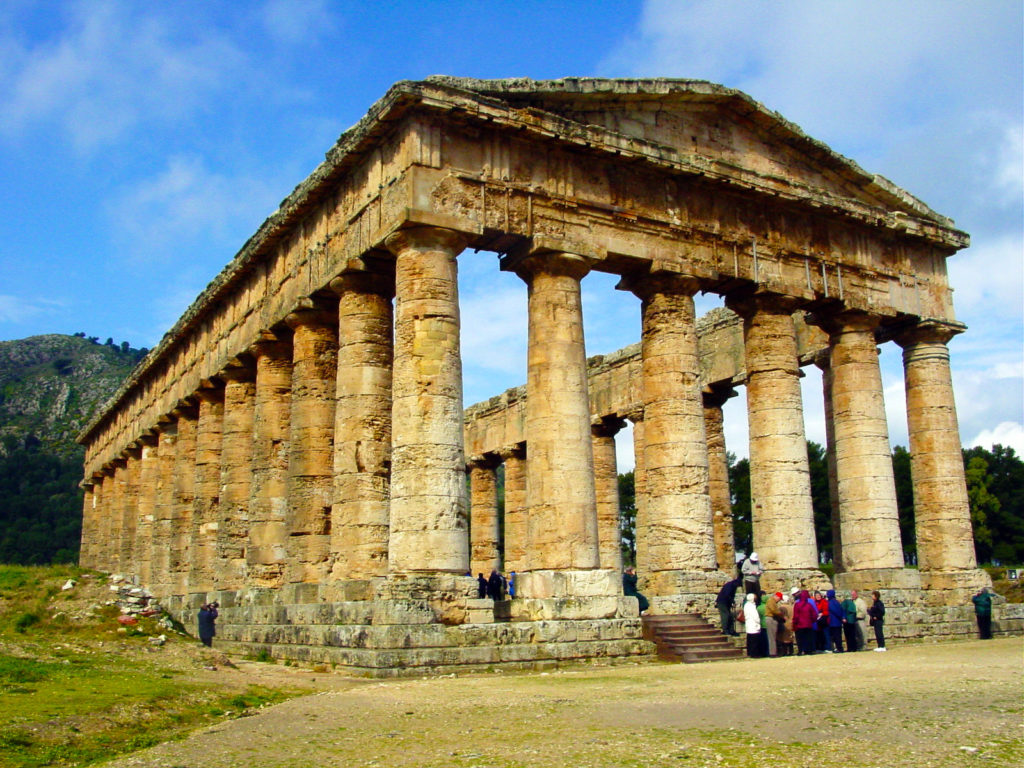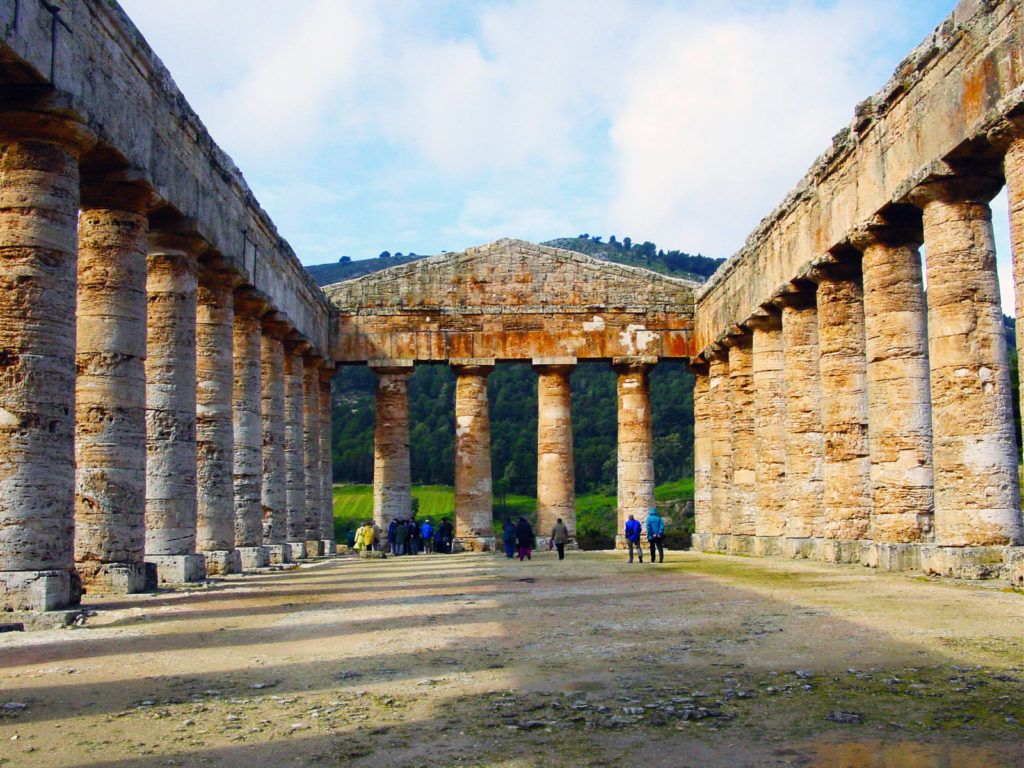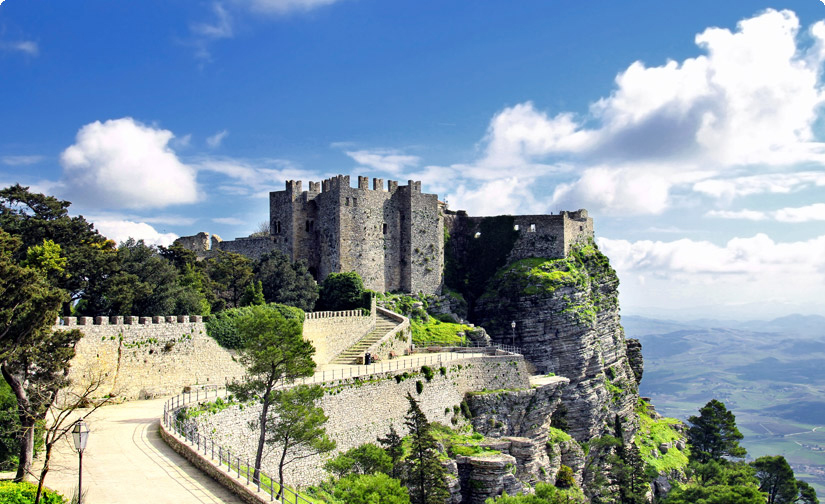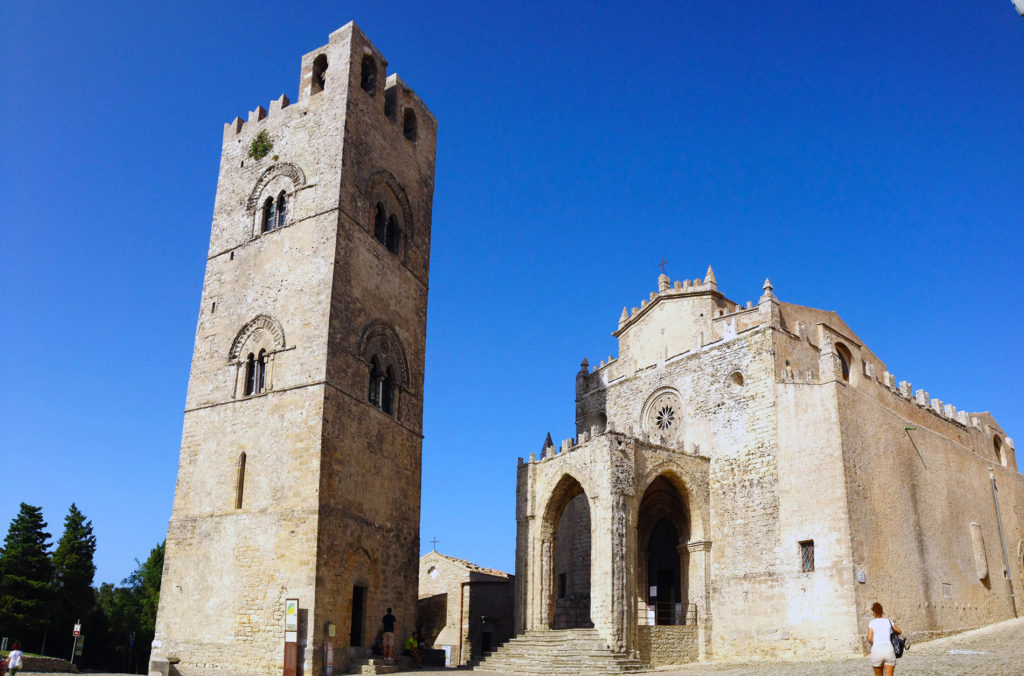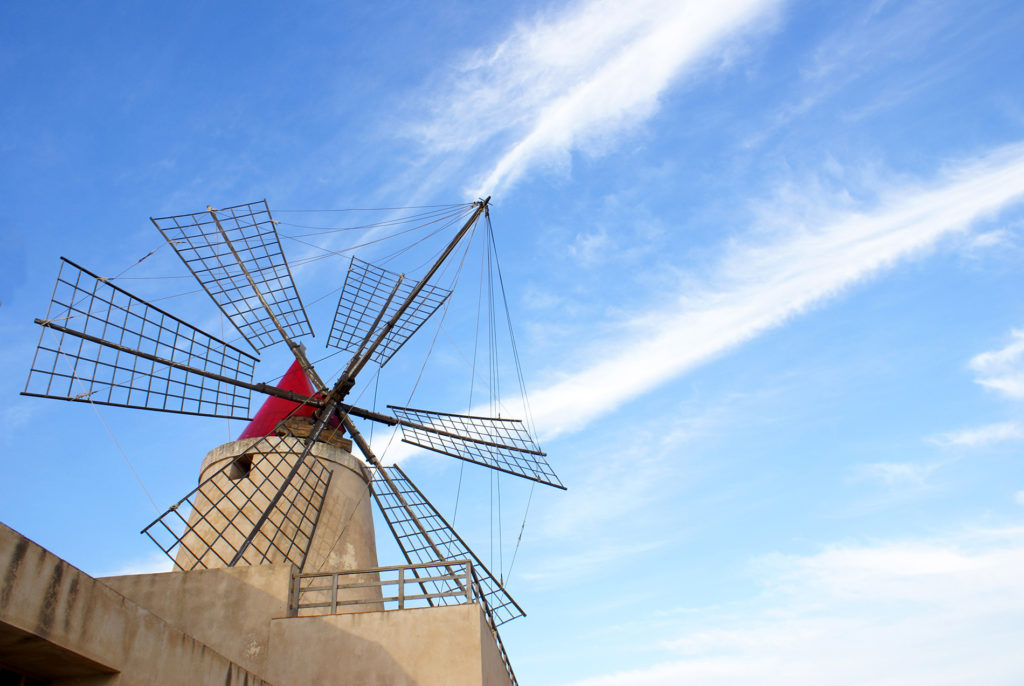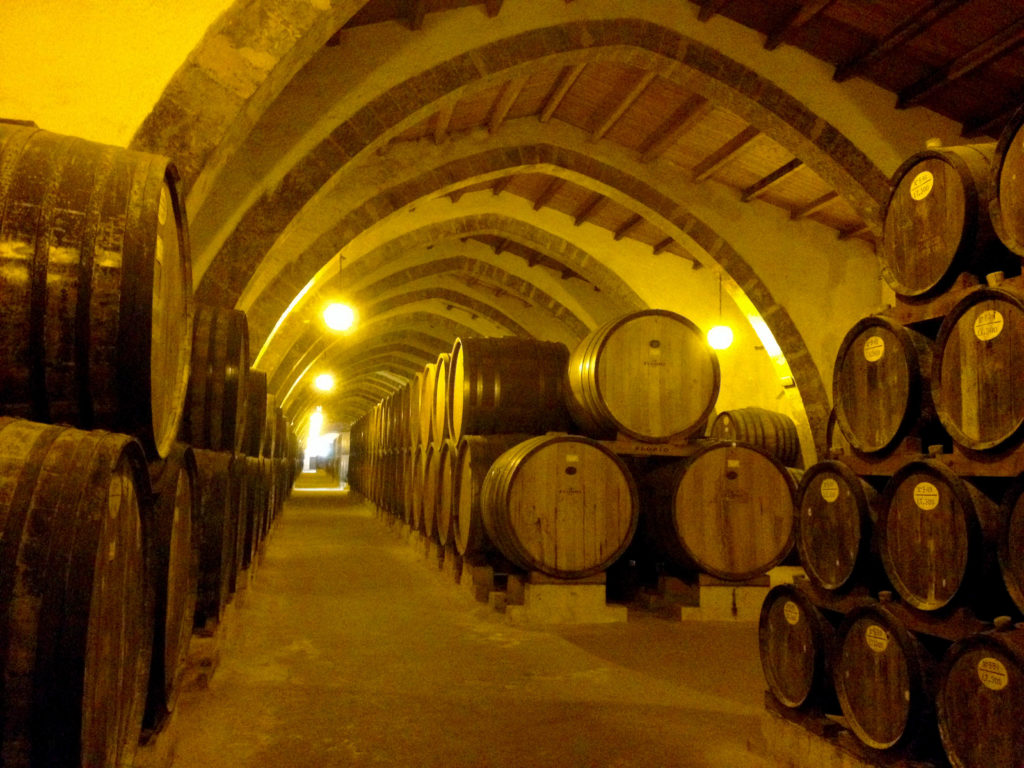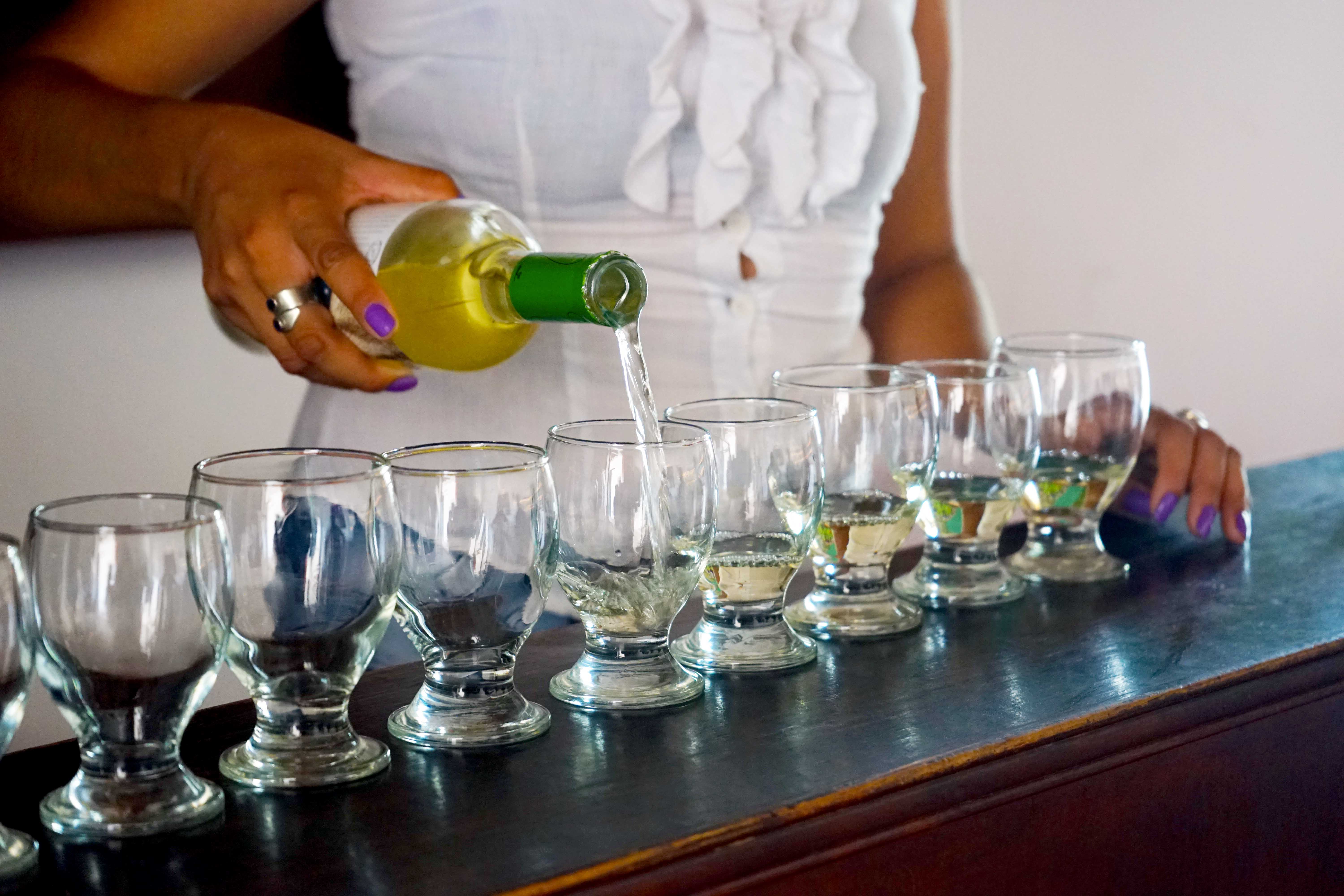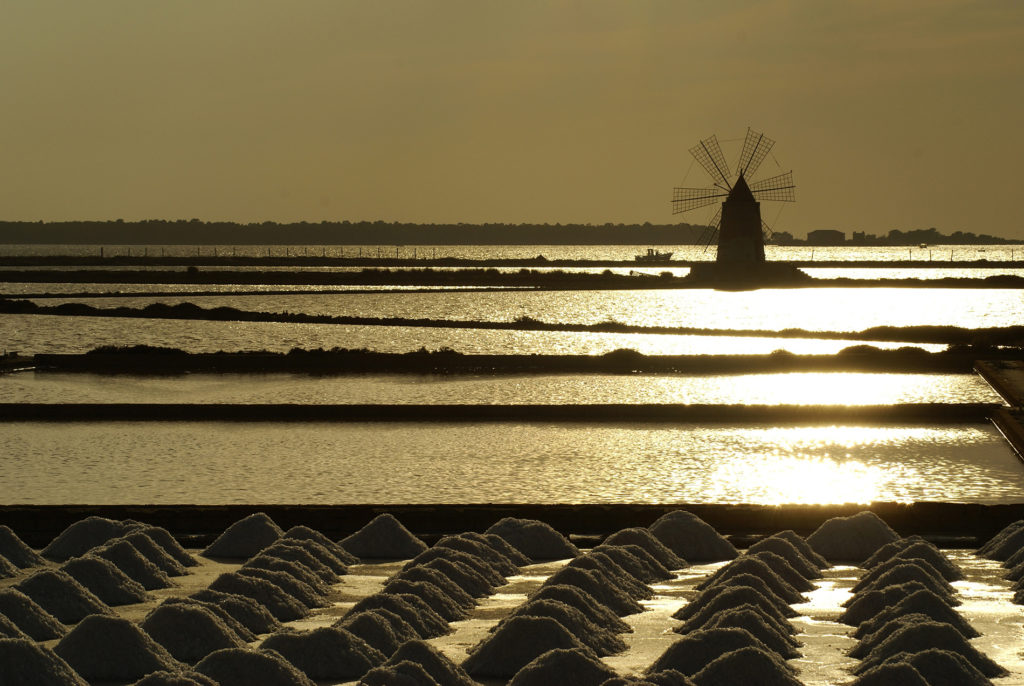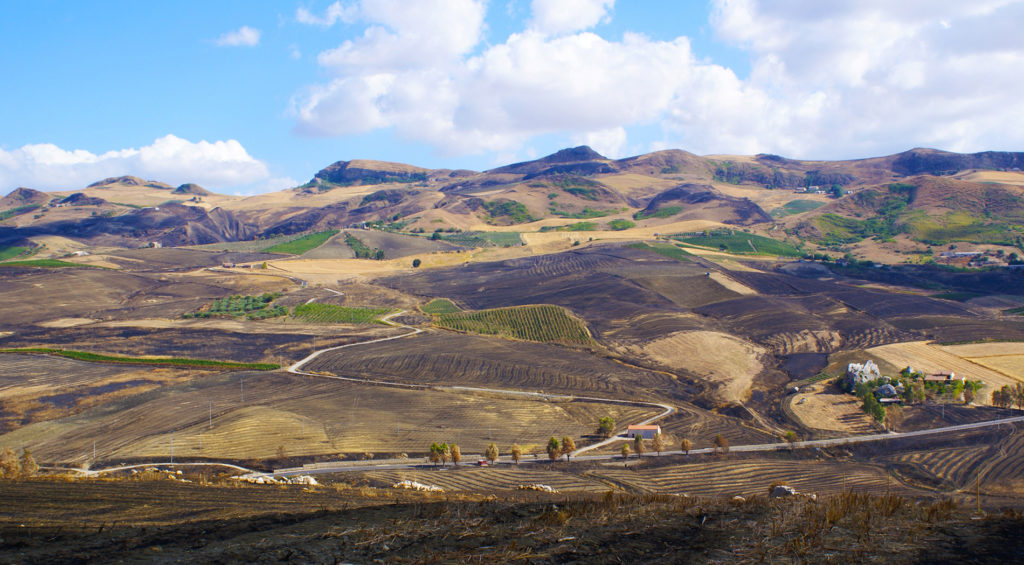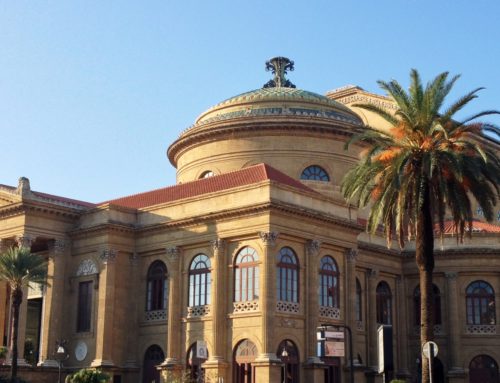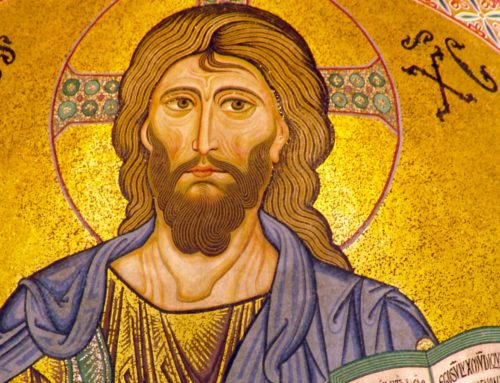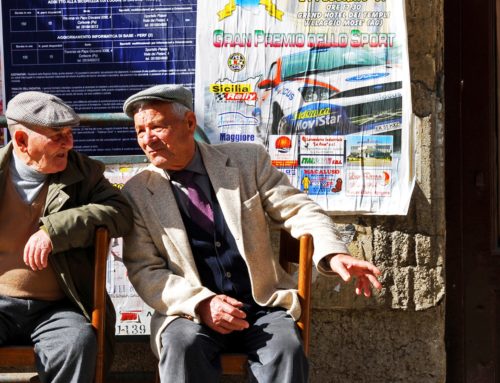Project Description
Marsala, Segesta and Erice. Salt, wine and ancient stone villages in Sicily
From Palermo | Full Day
Segesta
This tour will take us to visit the most western area in Sicily to discover ancient Greek ruins and enjoy a wine experience through the famous Marsala wine countryside.
The first stop will be at the temple of Segesta dating back to the 5th century BC.
Erice
We continue our drive to reach Erice, a beautiful medieval stone village overlooking to the salt pans area of Trapani and Marsala, Motya lagoon, and the Egadi islands.
Marsala
After free time for lunch in Erice, we go through the Marsala vineyards area to enjoy a photo stop at the salt pans and windmills. We conclude our tour with a sample tasting of Marsala wine, directly at the producers.
Segesta
Segesta is one of the most spectacular sites of the ancient Sicily. It is located halfway between Palermo and Marsala coast on top of a hill where stands a temple built in the Doric style by the Elymians.
They were people whose origins are uncertain and which is believed they were refugees of the Trojan War and Roman ancestors. The countryside surrounding the ruined city the temple and the theater survived in excellent condition is really amazing. Here every season the wild Mediterranean bush, the birds and the silence around the ruins makes this place magical. The temple dates back to the fifth century. It is one of the best preserved, but is incomplete because the columns are unfluted, there is the cell of the temple inside and are still visible and not removed blocks that anchored the wooden machinery during the construction of the temple.
These aspects make the temple certainly still more mysterious and intriguing to visit. At a higher level, on the slopes of a mountain facing, there is the Greek theater, partly dug into the mountain, partly constructed with an impressive embankment.
The theater is one of the most evocative of Sicily and looks to the natural scenery of the coast and the river that connected the city to its emporium to the sea.
Erice
Erice is located about 750 above sea level, on the western coast of Sicily and sits on a huge rock which in the past was considered a sacred place of worship. Here, the sailors of all ages had a visual landmark coming from the sea and the cult of Venus Erice became widespread in ancient times, first among the Phoenicians, then the Greeks and finally the Romans
A magical place, a medieval town in stone with a triangular town layout entirely fortified and with three town gates to defend the city placed in a strategic point. Here the Normans built on Mount San Giuliano, in the highest point on the rock one of the symbols of the town along with the many stone churches, including the Mother Church located near Porta Trapani.
The narrow streets, small courtyards inside the small stone houses, craft shops, squares, medieval arches and ancient churches make Erice a must-see, especially if you take all the way to the gardens and the castle where there is a viewpoint, one of the most beautiful in Sicily that covers the views of the entire west coast towards the salt flats of Marsala and as far as Mazzara.
The place is renowned for its cuisine of couscous fish, sweet almond and the local craft that is based on a consitente production of ceramics.
Marsala
The city is the most western point of Sicily and one of the two closest to Africa in Italy together with Mazara del Vallo. The city is world famous for its Marsala wine. In Sicily we use to drink it with a sweet cannoli rather than use it for cooking as commony known overseas.
The surrounding territory and lands are characterized by agriculture and viticulture.
Marsala is a city rich in history. Here Garibaldi landed starting the Unification of Italy in 1860 with a thousand soldiers. The Phoenicians chose this place as a trading post and then became one of the most important colonies of the Punic world. The Romans left important traces in the urban setting in cardi and decumani (side and main streets), while the Arabs gave the name to the city of Marsala, which means the port of Allah or Mars Allah and it well describes his vocation today.
The old town is very elegant and has a mother church and a square among the most elegant of Sicily as well as a museum of very fine tapestries. Finally, do not miss a visit to the Punic ship museum housing a seventh-century BC ship well preserved and numerous relics and mosaics of the later Roman period.
- Private Sedan car or Mercedes Viano up to seven seats
- Private driver speaking your language
- Fuel, motorway toll and parking fee
- Half day service with private driver and car UP TO 4 HOURS
- Full day service with private car and driver UP TO 8 HOURS
- Water bottle onboard
- Visits, stops and panoramic driving tours described on the itinerary
NOT INCLUDED:
- Archeological sites, monuments and churches entrance fees
- Local products and wine tasting or culinary experiences unless included
- Driver and local guides gratuities (we suggest 10% if services meets or exceeds your expectations)
- Local Sicilian regional licensed guide
- Meals, wine tasting or culinary experiences if not already included in the itinerary
- Yachts, helicopter or private plane rental linked to our ground transportation service
–
or send us a message requesting information, our team will respond as soon as possible.

